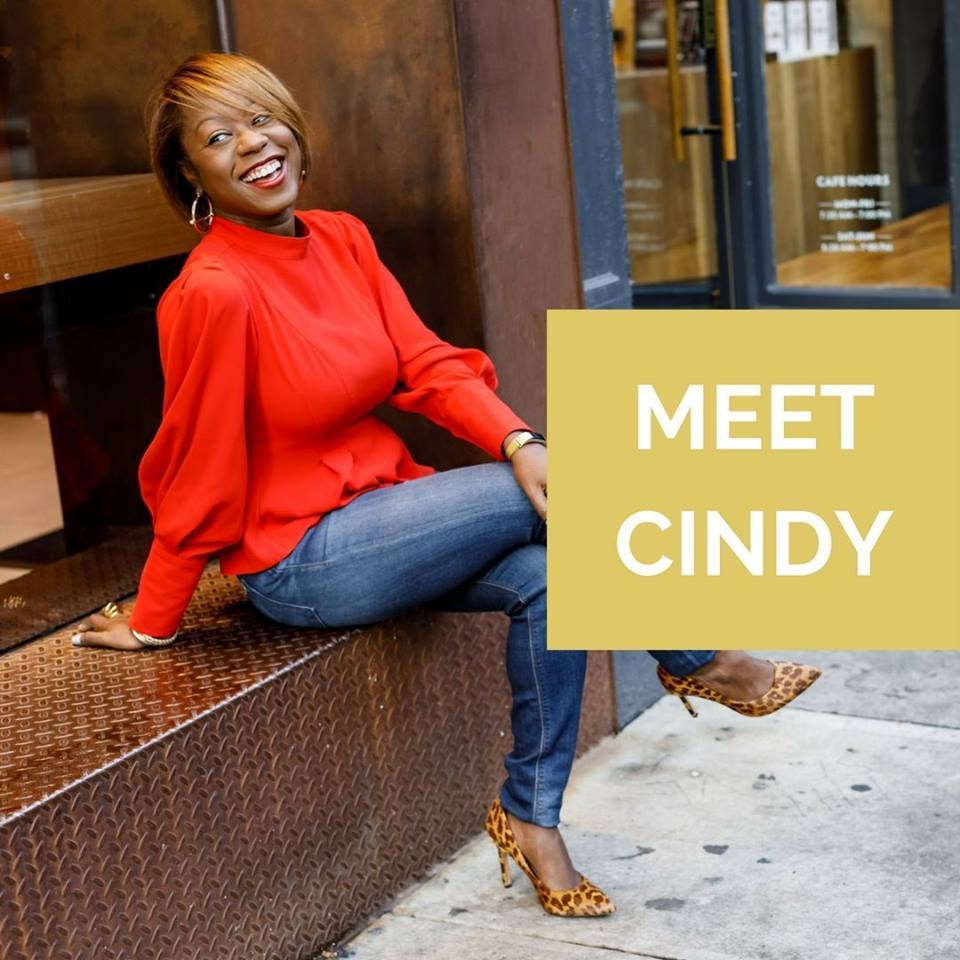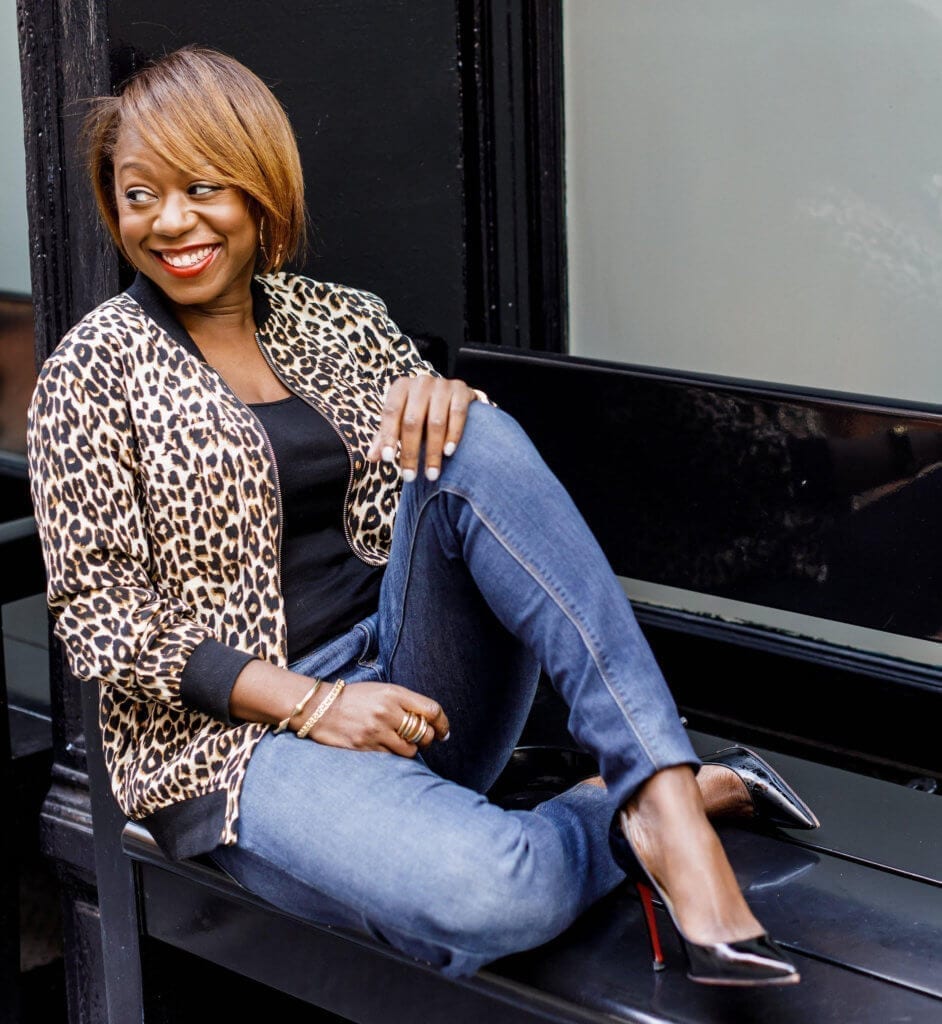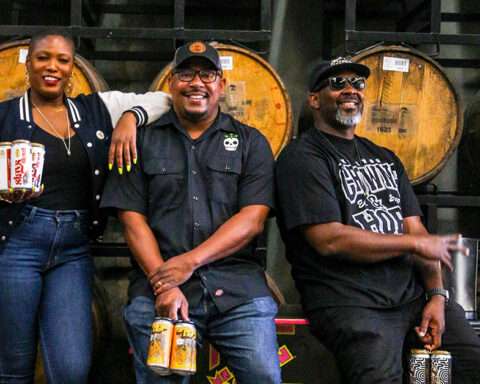It can be hard to leave a high paying job for the uncertainty of entrepreneurship, but thats what Cindy Joseph did. After almost two decades with a prestigious corporation, she left to form The Cee Suite, a career coaching and human resources consulting firm.
We spoke with her to find out more about her decision and her new business.

SB: What inspired you to take the leap from 9 to 5 to business owner?
CJ: It definitely wasn’t an overnight decision. For many years, I worked in corporate HR, mainly in recruiting and inclusion & diversity. I loved what I did – I got to help people start their dream jobs and navigate unknown territory. In my own career, I steadily had opportunities for promotion and advancement, and figured I’d be on that path for the long haul.
As I became more senior, I found my days were less about having that one-on-one impact, and more about budgets, internal reorgs, and meetings upon meetings… I started to wonder if I was making the best use of my skills and talents, which has really centered around developing people.
I had a strong network and reputation, some savings to cushion me and figured now was as good a time as any to strike out on my own and design a new career.
It didn’t hurt that both my parents are entrepreneurs so I had a sense for the fulfillment and risks that come with running your own show!

SB: People might think HR is about looking at resumes and hiring (or firing people). How would you describe what being an HR professional is really about?
CJ: It’s so much more! Firstly, in between the hiring and firing, there is so much that happens for any employee – training, promotions, pay raises and bonuses, community and culture building and more.
Each organization is different, but if it’s done right, HR should be a resource to a company and its employees for management, development and advancement strategies.

I’ve worked on a lot of creative and impactful projects over the years, including partnerships with non-profit organizations that supported women, minorities and other underserved groups; development of recruiting, internship and training programs from the ground up; creation of branding and marketing materials; and succession planning for leadership.

SB: You provide several services to businesses, including diversity coaching. In your opinion, do corporations finally understand the importance of having a diverse staff or are they more interested in diversity from a PR standpoint?
CJ: It depends on the company, though in my opinion, PR is at least a small consideration for most any company involved in the diversity space.
There are companies who embrace the future – there’s a lot written about how the US will be a majority-minority country by mid-century.
From a competitive standpoint alone, businesses would do well to figure out how to attract, retain and promote the best people, and how to use those voices to connect authentically to customers.

I’ve definitely worked with organizations that take that view, but there are clearly others who engage in check-the-box activities or none at all.
It’s not always easy to tell the difference (even those with the best of intentions struggle with many issues of inclusion and diversity), but I would look at a few things in making a judgment.
Like, what does the employee population (including leadership) look like? Is it changing over time?
What programs are in place to attract people of diverse backgrounds, and what is their experience once they join? What is leadership’s involvement in the diversity space and what tone do they set at the top and amongst middle managers? Who often make a lot of the hiring and promotions decisions?

SB: Career coaching isn’t just for students. Many adults find themselves trying to figure out their next career move. What advice do you have for the adult who wants to make a career change but isn’t sure how?
CJ: Breathe! A career change can be overwhelming, especially as people mid-career consider their family and financial obligations. I’m a big fan of doing some self-introspection (what do you want? why? what are your transferable skills? what are your dealbreakers?) and then having a plan.
Go through the steps of identifying your ideal companies and roles, rebranding your resume and LinkedIn profiles, and then NETWORK, NETWORK, NETWORK.
If you need help, ask for help. Most importantly, don’t stay stuck in a situation you don’t like because you don’t have all of the answers – small steps taken consistently can pay off over time!






